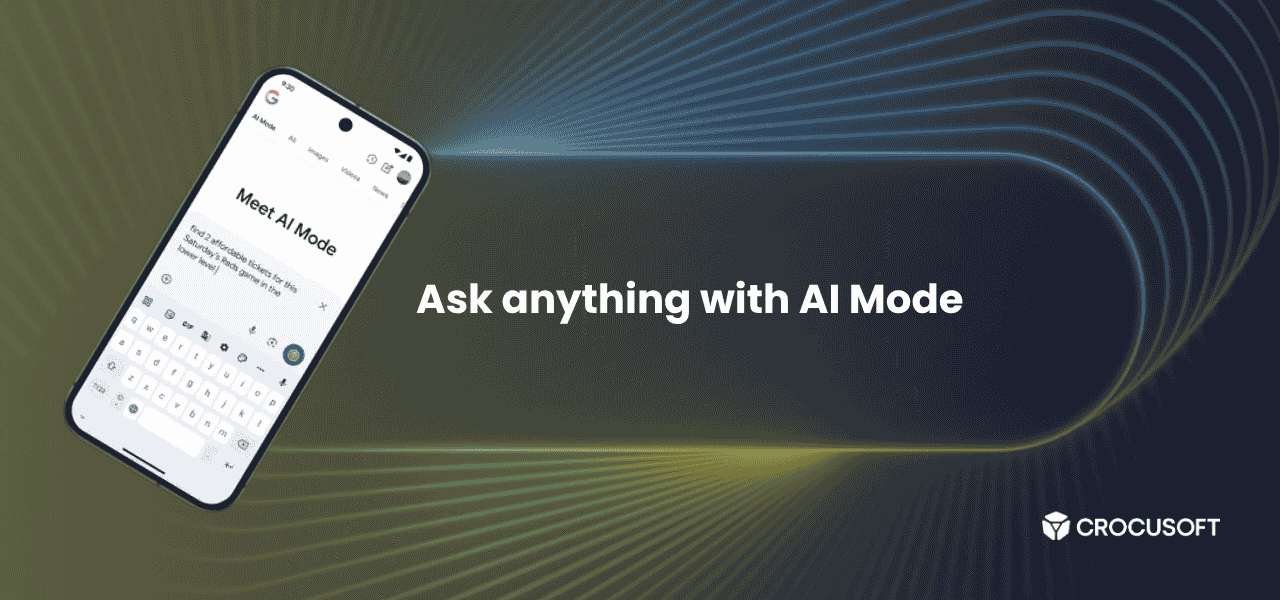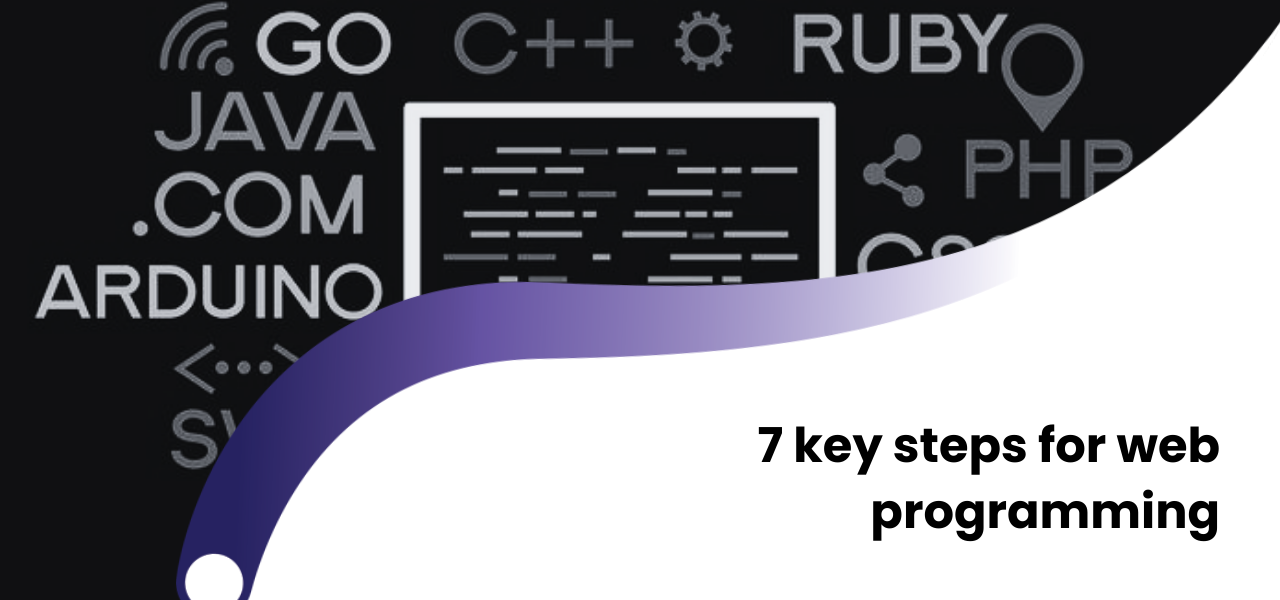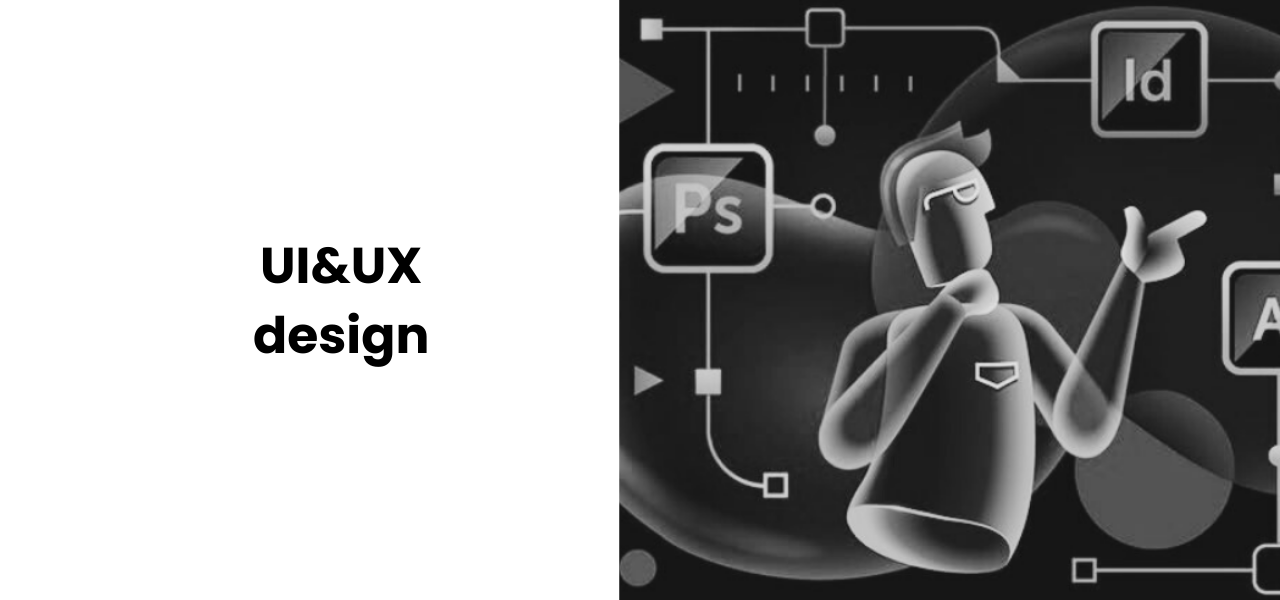Google’s integration of the AI Mode feature into its search engine has caused major concern in the publishing and media world. The classic era of the “blue link” is coming to an end—users now receive information directly within the search results, in the form of summaries generated by artificial intelligence. With the new AI Overviews feature, some publishers are already experiencing significant drops in clicks. Reports indicate that publishers are seeing viewership declines between 1–4%. AI Mode takes things a step further by breaking queries into subtopics, summarizing results, and delivering answers without requiring the user to visit external websites.
So, who are the winners and losers in light of Google’s new feature?
Winners:
Google – The tech giant’s biggest advantage lies in combining its search engine—which has billions of users—with AI. This gives Google a broader reach than competitors like ChatGPT and Perplexity. AI Mode also drives revenue through advertising. The model is so effective that in Q1 of 2025, Google generated $66.89 billion from search advertising alone—and that number is expected to grow.
Advertisers – Thanks to AI Mode, users now pose their questions in more natural and specific ways. This enables advertisers to target more accurately and achieve higher conversion rates. Unlike the traditional search model, this allows for deeper and more purpose-driven advertising opportunities.
Diversified publishers using subscription-based models – Publishers who aren’t fully dependent on Google traffic—those connecting directly with readers via subscriptions, newsletters, or apps—are less concerned.
Retail media networks – Searches like “best moisturizer for dry skin” are now met with product recommendations and purchase guidance through AI Mode. This shift aligns well with the interests of retail media networks.
Losers:
Publishers – The biggest losers in this transition are traditional online publishers. News, recipes, and product reviews are now presented directly by AI, eliminating the user’s need to click through to the original website. While Google used to drive 50–80% of traffic to publishers 5 years ago, this figure has now dropped to 20–30%.
SEO agencies and consulting firms – Traditional SEO was built around keywords and backlinks. But now, Google ranks results based on contextual relevance, trustworthiness, and alignment with its knowledge graph. Old-school SEO tactics are no longer enough. SEO professionals and agencies must update their skills and tools to align with Google’s new AI-driven system—or risk falling behind.
Google’s AI Mode is fundamentally changing the concept of search. The classic click-based model is being replaced by direct answers and AI-generated summaries. To succeed in the evolving digital ecosystem, timely adaptation to these changes is essential:
New-generation SEO strategies must be implemented
Content should be high-quality, expert-driven, and trustworthy
Ad campaigns must be tailored to the AI-based search model
 +994512060920
+994512060920





